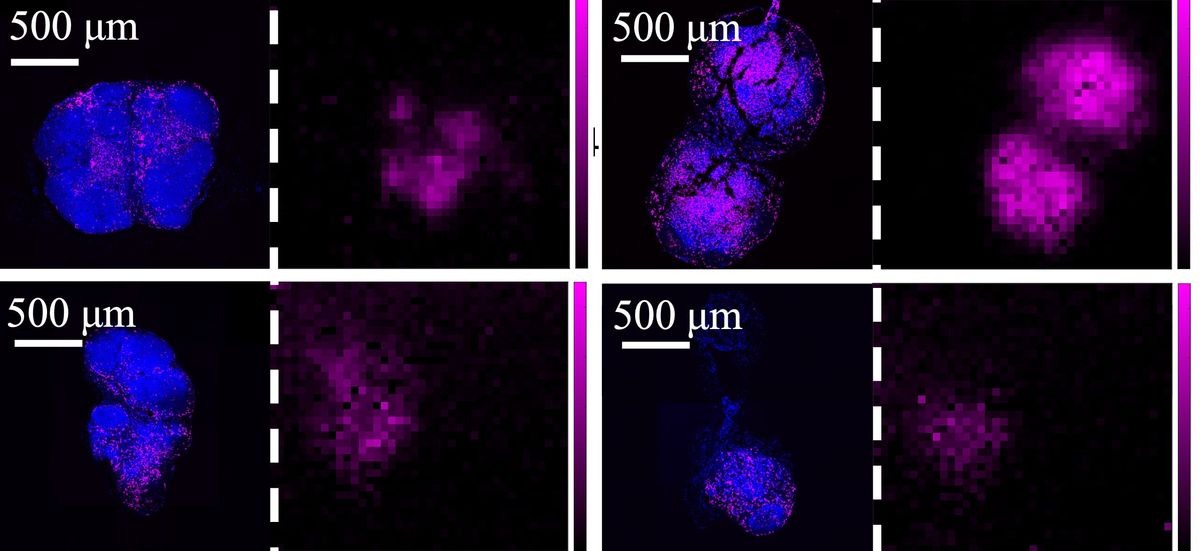By coaxing light out of a single polymer molecule, researchers have made the world’s tiniest light-emitting diode. This work is part of an interdisciplinary effort to make molecular scale electronic devices, which hold the potential for creating smaller but more powerful and energy-efficient computers.
Guillaume Schull and his colleagues at the University of Strasbourg in France made the device with the conducting polymer polythiophene. They used a scanning tunneling microscope tip to locate and grab a single polythiophene molecule lying on a gold substrate. Then they pulled up the tip to suspend the molecule like a wire between the tip and the substrate.
The researchers report in the journal Physical Review Letters that when they applied a voltage across the molecule, they were able to measure a nanoampere-scale current passing through it and to record light emitted from it.
Conventional organic light-emitting diodes are semiconductors sandwiched between two electrodes. A voltage applied between the electrodes creates electrons and holes. When these two oppositely charged particles meet, photons are emitted.
The same thing happens here, except on a much tinier, single-molecule level. When the microscope tip had a large negative voltage, the researchers calculate that one photon was emitted for every 100 000 electrons that surged from the tip and into the molecule. The photon had a red wavelength. When the researchers flipped the voltage bias, the light emission was negligible.
Prachi Patel is a freelance journalist based in Pittsburgh. She writes about energy, biotechnology, materials science, nanotechnology, and computing.




